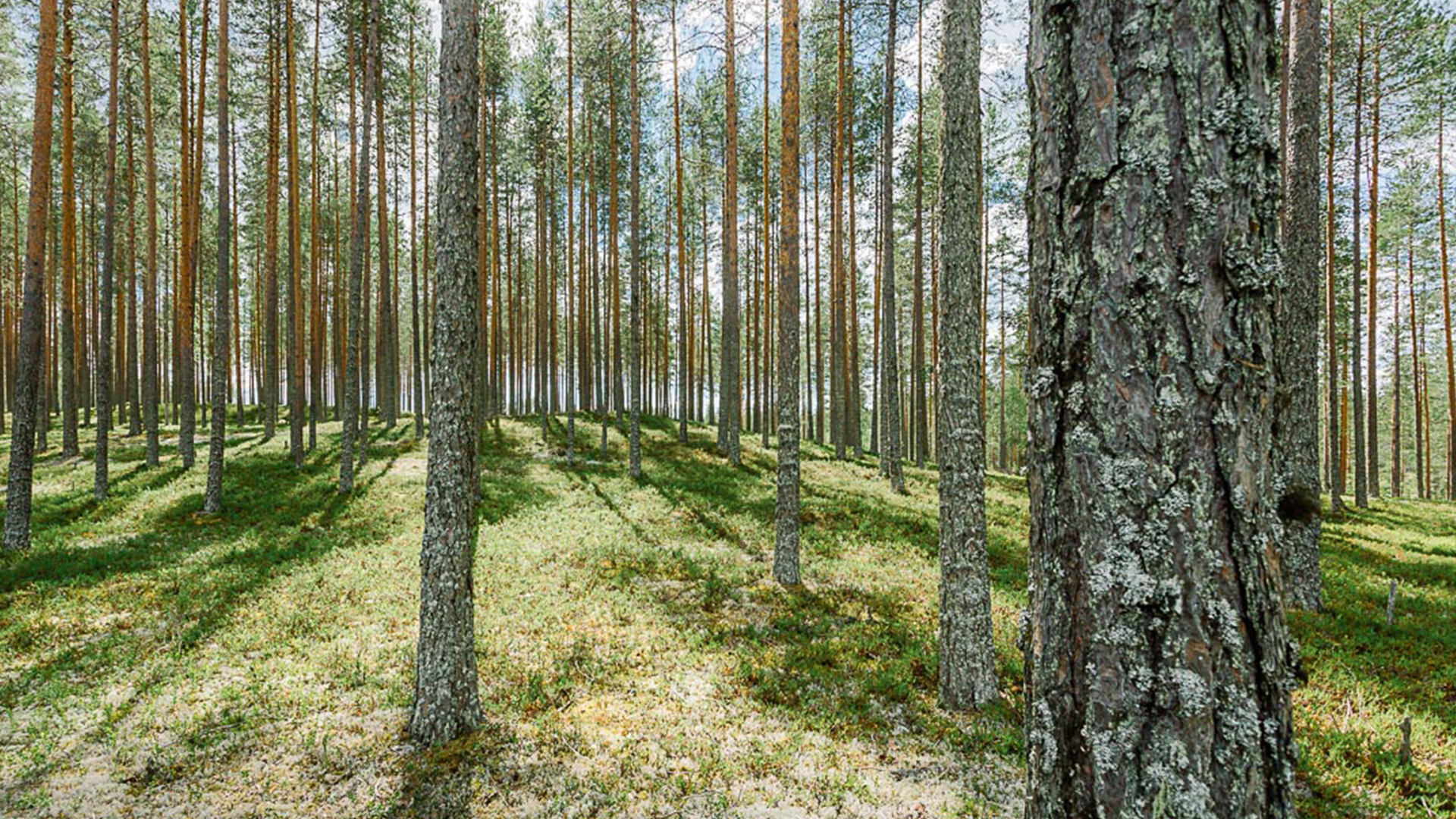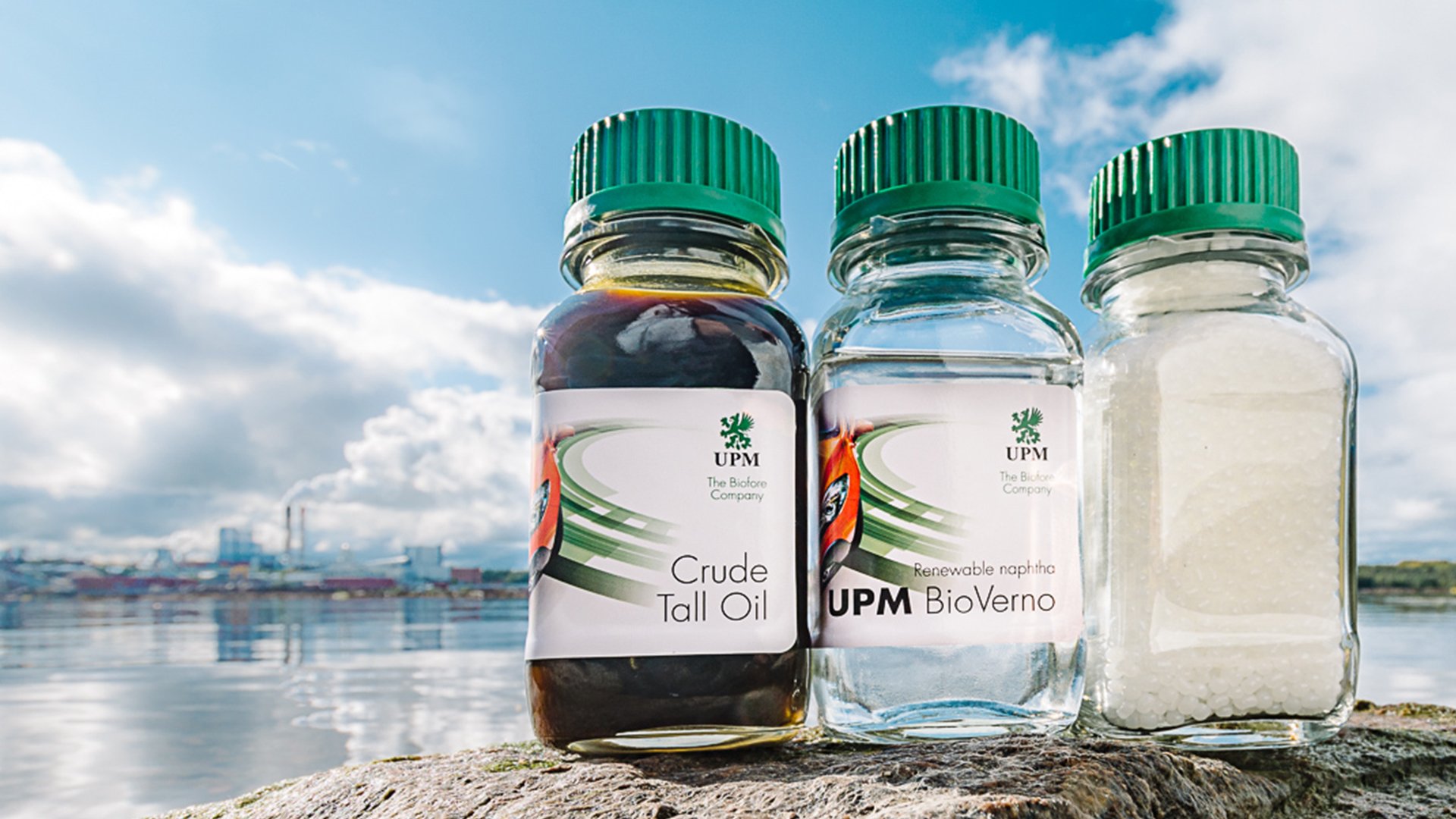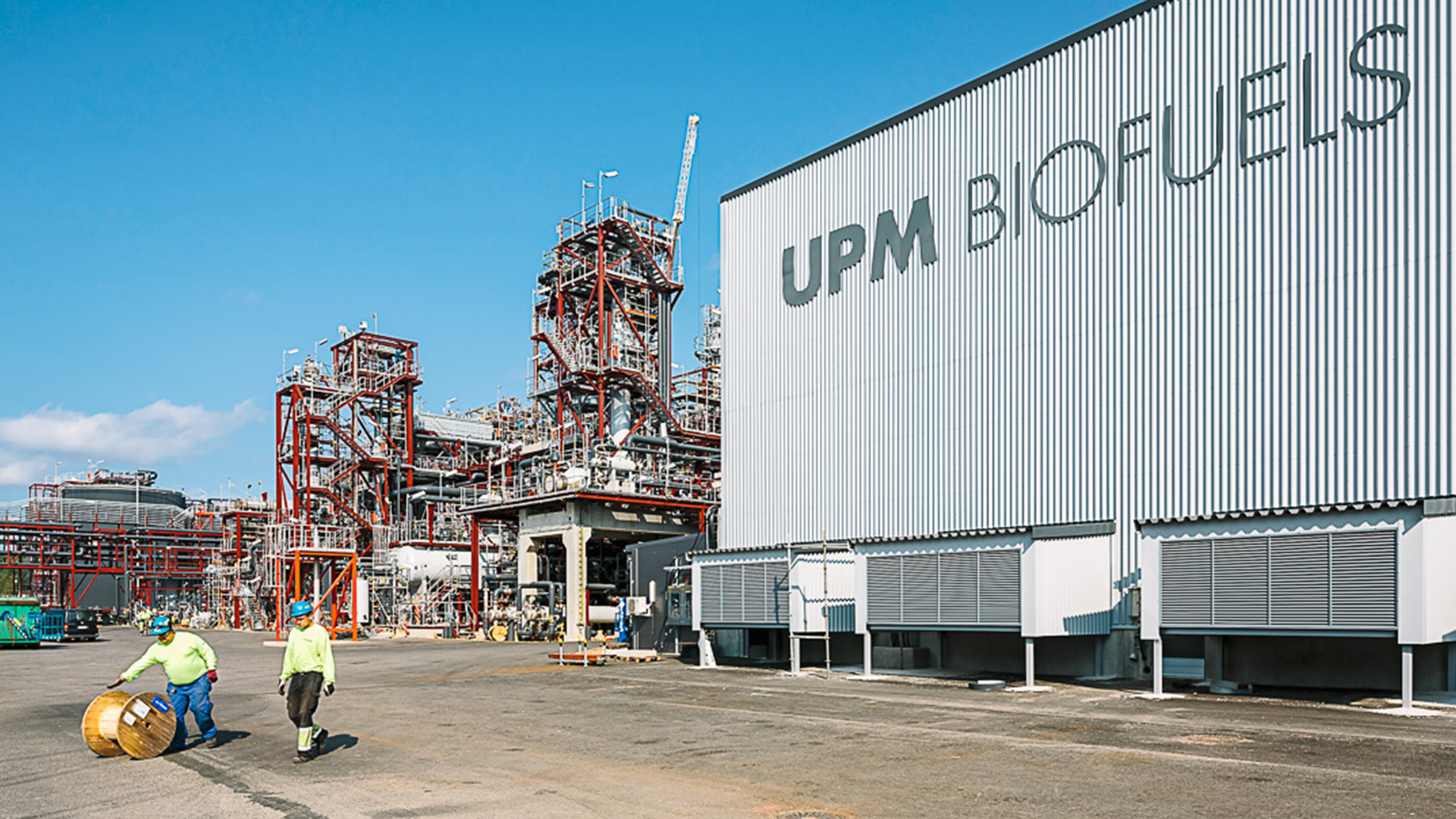“Climate Action”, number 13 of the UN’s Sustainable Development Goals, is one of the six focus goals guiding all of UPM’s business operations.
“As a company, we have a unique chance to mitigate climate change with our actions, our forests, and our products. This three-pronged approach is also in line with UPM’s Biofore strategy, which drives the innovation of novel products beyond fossils,” says Tuomas Niemi from UPM’s Responsibility team.
UPM is one of the first forest industry companies to commit to the UN’s Business Ambition for 1.5°C. The signatories promise to take scientifically proven measures to limit global temperature rise to 1.5°C above pre-industrial levels. This goal will be achieved through sustainable forest management, innovation of new products, and reduced CO2 emissions. The company’s ambitious target is to reduce its CO2 emissions from fuels and purchased electricity at its production facilities by 65 per cent from the 2015 level by 2030. It also aims to reduce its supply chain emissions by 30 per cent from the 2018 level by the same deadline.

Climate-positive bioproducts
Climate action begins with sustainably managed forests. Trees capture carbon dioxide as they grow, and healthy soil sequesters carbon efficiently. All of UPM’s business is underpinned by sustainable forest management. It is a proven fact that well-maintained forests adapt better to climate change. We also ensure that we plant more forest than we harvest, and we are constantly working to increase forest growth and carbon storage.
“The Natural Resources Institute Finland (Luke) has calculated the carbon balance of forests owned by UPM in Finland and Uruguay in 2019. Last year in Finland, the average carbon sink effect of the company’s forests was equal to 1.3 million tonnes of CO2eq per year. From now on, the carbon sink effect will be reported on a yearly basis,” says Niemi.

The positive climate impacts of forests are not only limited to carbon sinks. Sustainably grown and certified wood provides renewable raw material for many climate-positive products. UPM’s traditional WISA plywood and timber offer carbon-storing and recyclable alternatives to materials such as steel and concrete.
UPM BioVerno diesel and naphtha produced from crude tall oil – a residue of pulp production – can be used to replace fossil raw materials and reduce the CO2 emissions of fuels and plastics. Lignin, a natural substance occurring in trees, offers a similar renewable alternative to rubber and glue. New wood-based biochemicals have commercial applications in many consumer and industrial products.

Cleaner energy
In addition to creating carbon sinks and climate-positive products, UPM has long aimed to promote energy-efficient, low-carbon manufacturing processes. Its new targets for reducing consumption of fuels and purchased electricity are based on a scenario analysis completed by all six business areas to identify the business risks and opportunities presented by climate change.
“We are also collaborating with various research institutes. For example, the Finnish Meteorological Institute has researched the long-term effects of climate change on UPM’s business in Finland, Uruguay, Southern Germany and Eastern China,” states Niemi.
Concrete steps forward
UPM Communication Papers has taken an important step by signing an electricity purchasing contract with wpd group, a German wind park developer. By using electricity produced with renewable wind power in its paper mills, UPM will reduce its yearly CO2 emissions by 200,000 tonnes, or 5 per cent, from 2022 onwards. At the moment, wpd is building a wind park with approximately 33 wind turbines in Karhunnevankangas in Pyhäjoki, Finland. UPM has committed to buying the majority of the park’s yearly electricity output.
“Wind power is a cost-efficient way of producing emission-free electricity. It is also an important part of the historic energy shift that is currently taking place. It’s great that UPM is setting a bold example in showing how companies can take tangible climate action,” says Heikki Peltomaa, managing director of wpd Finland.
This positive shift is also visible in the supply chain. For example, UPM will further cut CO2 emissions when it launched cooperation with the Dutch Spliethoff Group and begins shipping paper, pulp and other products across Europe on freighters powered by liquefied natural gas (LNG). This move will reduce the company’s CO2 emissions from sea transport by 25 per cent.
Scientifically verified facts
UPM monitors the progress of its climate targets as part of its CR Reporting. As a visible token of its commitment, UPM has tied the margin of its EUR 750 million revolving credit facility to long-term biodiversity and climate targets.
“Reporting on our tangible climate actions is important because investors, clients and many other stakeholders are very interested in how companies are prepared for the risks and opportunities presented by climate change. Climate-related information is today considered just as important as the company’s financial data,” affirms Niemi.
“Many of UPM’s products have been proven to be climate positive, but methods for calculating carbon sinks still require further work for several products. In this regard, we need to be humble and admit that both we and science still have much to learn. Our goal is to constantly improve our reporting so that we are able to publish scientifically proven information about the overall effects of our actions on the climate,” concludes Niemi.

UPM is publishing a series of articles on the UN’s sustainable development goals. The articles in this series introduce our main focus areas and describe our hands-on operations to achieve our targets.
Text: Janne Suokas
Tangible targets to support UN’s Sustainable Development Goals
